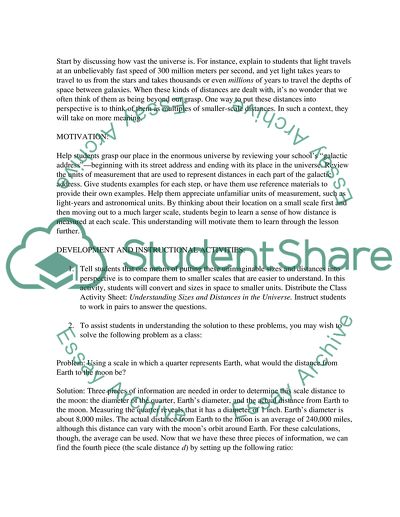Cite this document
(“Distance Measurements and Scientific Notation Essay”, n.d.)
Retrieved from https://studentshare.org/mathematics/1535131-distance-measurements-and-scientific-notation
Retrieved from https://studentshare.org/mathematics/1535131-distance-measurements-and-scientific-notation
(Distance Measurements and Scientific Notation Essay)
https://studentshare.org/mathematics/1535131-distance-measurements-and-scientific-notation.
https://studentshare.org/mathematics/1535131-distance-measurements-and-scientific-notation.
“Distance Measurements and Scientific Notation Essay”, n.d. https://studentshare.org/mathematics/1535131-distance-measurements-and-scientific-notation.


